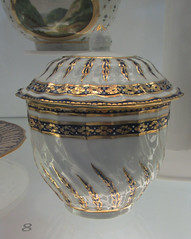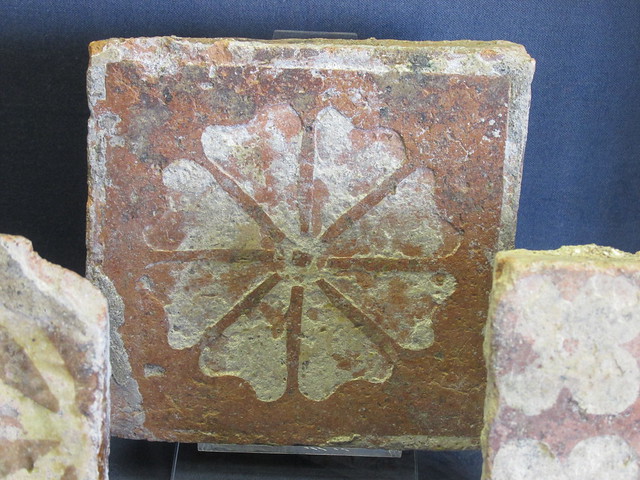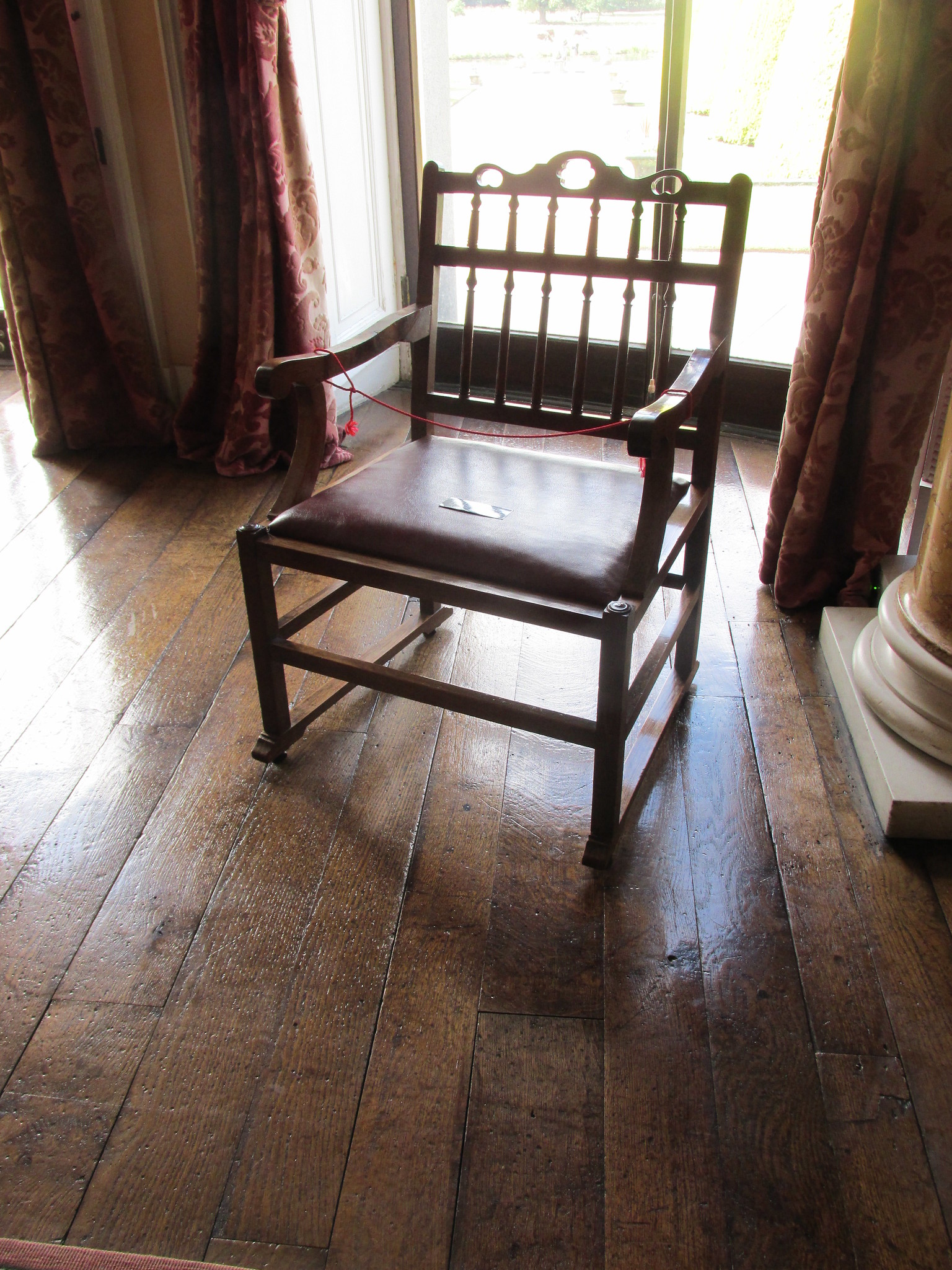 1914 Vickers 13 pounder gun. Now stands on the pier at Scarborough.
1914 Vickers 13 pounder gun. Now stands on the pier at Scarborough.
 Bronze maquette for a life-size sculpture "The Sluggard" by Frederic, Lord Leighton. Part of the collection at Leicester's New Walk Museum and Art Gallery.
Bronze maquette for a life-size sculpture "The Sluggard" by Frederic, Lord Leighton. Part of the collection at Leicester's New Walk Museum and Art Gallery. Derby porcelain sugar bowl c. 1785 on show at Derby Art Gallery and Museum ceramics gallery.
Derby porcelain sugar bowl c. 1785 on show at Derby Art Gallery and Museum ceramics gallery.
 Example of pendant carved from Whitby jet.
Example of pendant carved from Whitby jet.
 Bessemer converter at Kelham Island Museum in Sheffield. One of the many magnificent examples of local industrial history, especially steelmaking.
Bessemer converter at Kelham Island Museum in Sheffield. One of the many magnificent examples of local industrial history, especially steelmaking.
 13th century tile from a medieval pavement at Cleeve Abbey, Somerset.
13th century tile from a medieval pavement at Cleeve Abbey, Somerset.
 Measham ware. Items from the collection at Sharpe's Pottery Museum in Swadlincote, Derbyshire. Measham teapots were popular with canal families, who would buy them when they passed Measham on the Ashby Canal. They were often given as wedding presents.
Measham ware. Items from the collection at Sharpe's Pottery Museum in Swadlincote, Derbyshire. Measham teapots were popular with canal families, who would buy them when they passed Measham on the Ashby Canal. They were often given as wedding presents. Roman 'face' pot. Part of a touring exhibition from the British Museum that visited UK museums in 2014.
Roman 'face' pot. Part of a touring exhibition from the British Museum that visited UK museums in 2014.
Replica of the Alfred Jewel, on display in Somerset Museum in Taunton. 9th century Anglo-Saxon artefact found in 1693 in Somerset. An Old English inscription suggests it was made on the order of Alfred the Great (reigned 871-899). Now believed to be the handle from a pointer used to follow words when reading.
 Turtle soup tureen. One of the items on show in the kitchen at Burghley House
Turtle soup tureen. One of the items on show in the kitchen at Burghley House
 Jacquard pattern cutter at the textile museum, Masson Mill, Matlock Bath, Derbyshire.
Jacquard pattern cutter at the textile museum, Masson Mill, Matlock Bath, Derbyshire.
 Drunkard's chair - so called because of its large feet that give it extra stability. Shugborough Hall, Staffordshire.
Drunkard's chair - so called because of its large feet that give it extra stability. Shugborough Hall, Staffordshire.
 Base of a water carrier. In the form of a narrow-necked bottle. Water content controlled by a thumb on the top of the neck. Binham Priory, Norfolk.
Base of a water carrier. In the form of a narrow-necked bottle. Water content controlled by a thumb on the top of the neck. Binham Priory, Norfolk.
Bronze Han dynasty (202 BCE - CE 220) incense burner in the shape of mountains. Also known as hill censers. Mountains were seen as a link between the earth and the heavens. Compton Verney, Warwickshire.


No comments:
Post a Comment
Why not add your two pennyworth?